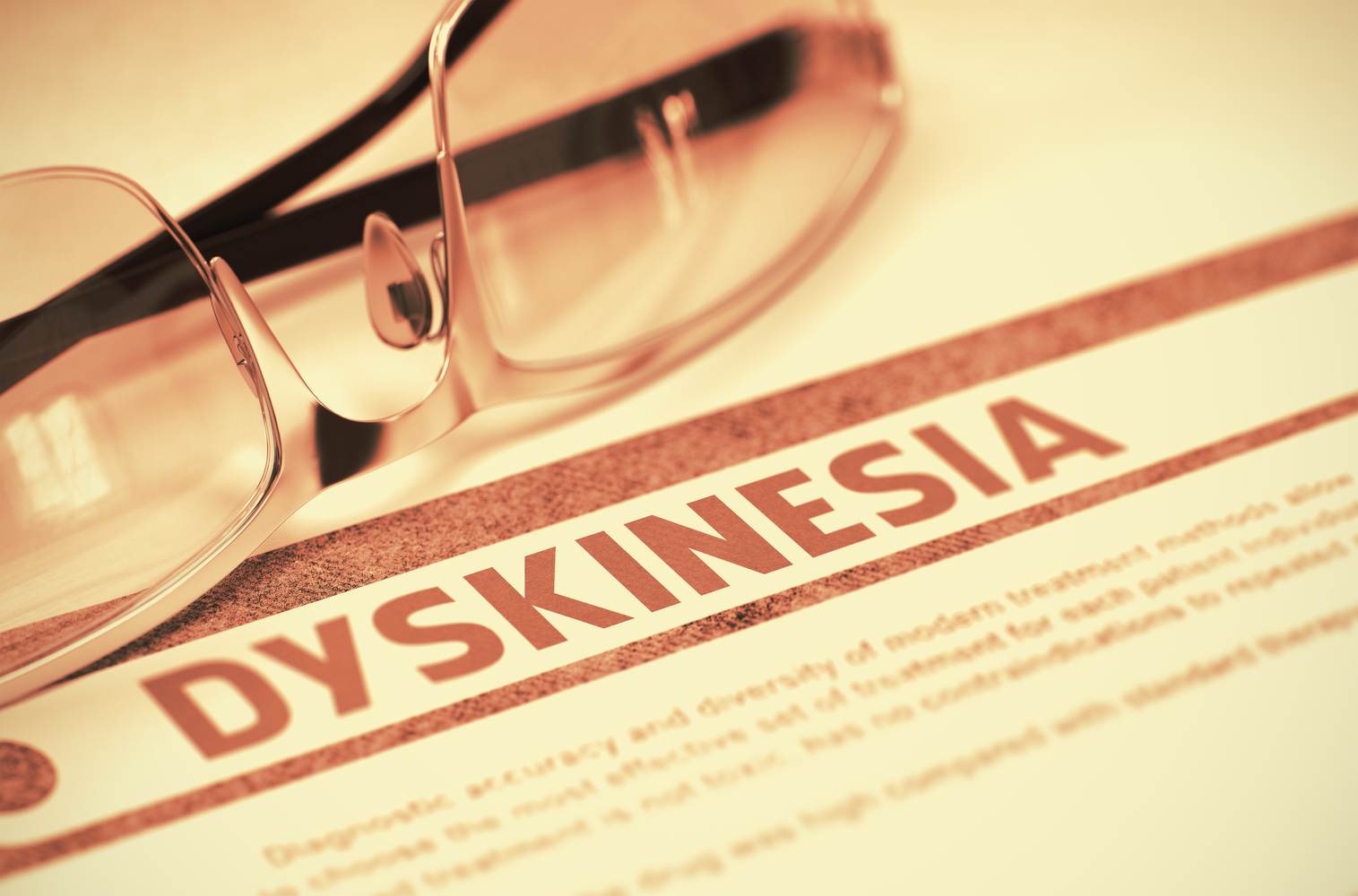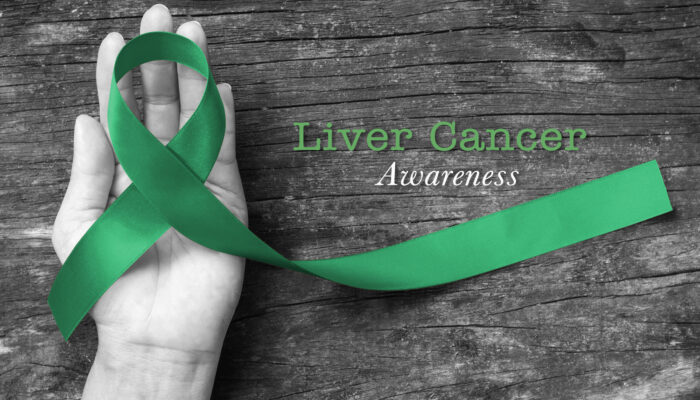
Dyskinesia – Causes, symptoms, and treatment
Dyskinesia is a type of movement disorder which leads to uncontrollable body movements. This involuntary movement is in one part of the body, like an arm or the head, or the whole body may be affected. The intensity of this disorder can vary from person to person. Some people may have a mild attack while others may have a severe and painful attack. Dyskinesia can affect a patient’s regular routine too. There is a no specific time for the occurrence of this disorder, and it can occur at any time to anyone who is prone to it.
Cause
Dyskinesia is mainly caused due to prolonged use of a medicine called levodopa. Many people with Parkinson’s disease use levodopa for treating the symptoms of this disease. When they consume this medicine for a long period, it leads to an increase in the dopamine level in the brain. Usually, people who have Parkinson’s disease have low levels of dopamine in the brain, but utilizing levodopa can enhance its levels. So, when these people stop consuming levodopa, their dopamine level drops suddenly. This sudden rise and drop in the level of dopamine causes dyskinesia in most people.
Symptoms
The primary symptom of this disease is an involuntary movement in a specific body part. The symptoms vary in every individual, and some may face severe problems. Some of the symptoms include fidgeting, wriggling, swaying of the body, bobbing of the head, twitching, and restlessness. In many people, the symptoms may get worse over time. The development of this condition can be sudden, and it can even get severe in a short span of time. It can also cause an injury to the brain or lead to brain damage.
Treatment options
The first and primary treatment of this disease is to change the dose of levodopa as this is the prime reason for the occurrence of this disease. The most difficult part of treatment is to balance the dose of Levodopa so that a patient can get a sufficient amount of levodopa for treating Parkinson’s disease. At the same time, it is also essential to control the intake of Levodopa as an excess quantity can lead to dyskinesia. A patient can choose some extended-release forms of levodopa as it will affect their body very slowly and help in getting rid of dyskinesia.
One can also start the treatment for dyskinesia with a medicine called amantadine. By using this medicine, they can get relief from several symptoms like stiffness and shaking. It is necessary to note that the use of amantadine may lead to various side-effects like nausea, dizziness, and sleeping issues.
Another treatment which can be useful in curing dyskinesia is a deep brain stimulation procedure. With the help of this treatment, a patient can reduce several symptoms like stiffness, tremors, and problems in walking.



